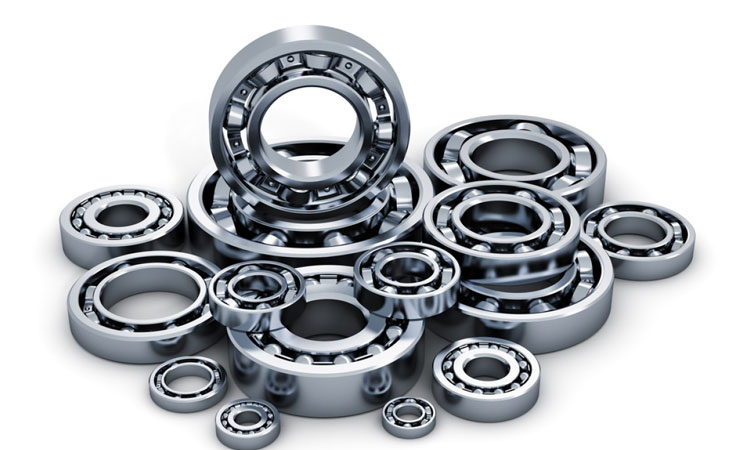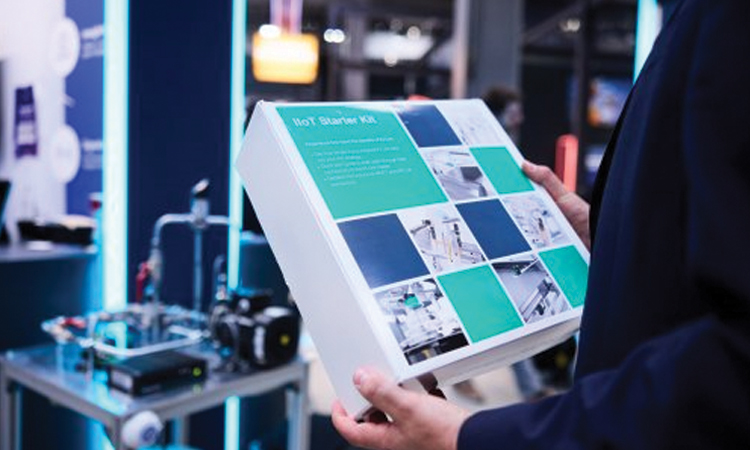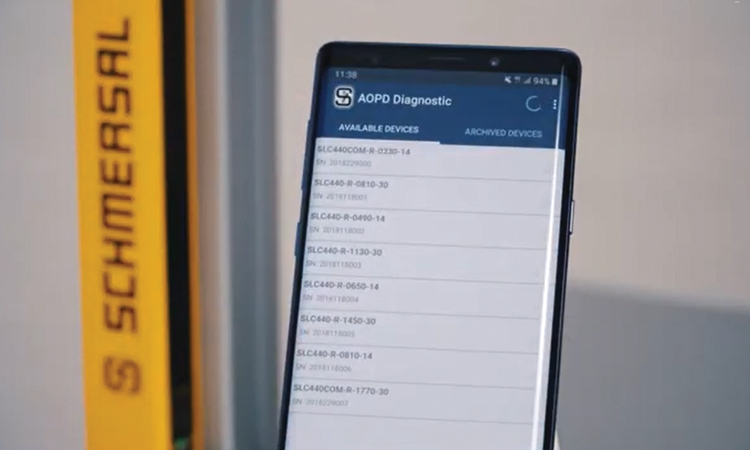Leading Industry Associations Unite to Support Auto Components…

Industrial Ball Bearing Market Analysis | Global Bearings Market | Engineering Review
As the pandemic recedes and industrial activities slowly pick up momentum things seem to be getting back to normal to a certain extent. Industrial ball bearings are an intricate part of modern machinery and it is obvious that as manufacturing activities increase the demand for ball bearings will also go up simultaneously. Hence, it is no wonder that market analysts are forecasting a significant growth in both the size and revenue of the ball bearing market in the next five to seven years.
Bearings are essential in almost every application that involves motion and they help minimise friction between different mechanical components in several industrial machinery and equipment, resulting in reduced energy consumption. This machine element is applied in all industries, ranging from automobiles, household appliances, and aerospace to industrial machinery, using machinery or related motor-driven linkages to produce highly skilled gadgets.
The ball bearing market is estimated to witness a considerable growth in the forthcoming years, ascribed to the aim to achieve energy efficiency. Energy saving and bearings go hand-in-hand. The primary aim of this element is saving energy by reducing friction, be it during the rotation of shafts of a transmission or the wheel of a vehicle. Additionally, rising demand for commercial vehicles is expected to catapult the demand from automotive sector across the world.
Advancements in technology including smart bearings, development of cutting-edge materials and lubricants, and integrating sensor units, are anticipated to provide high growth potential to the market.
A mature ball bearing market is closely related to the dynamic demand in the state of engineering industries and capital goods. However, companies are offering integrated products that significantly decrease the number of bearings that go into an assembled product and reduce the overall cost of equipment. Incidentally, this also increases the shelf-life and reliability of the product. Of late, manufacturers are heavily investing in R&D to address the intensifying competition by providing innovative products.
In a recent report, Fortune Business Insights, said that the global ball bearing market size was USD 19.08 billion in 2019 and is projected to reach USD 21.90 billion by 2027. Growing at a CAGR of 2.1 per cent, the market will exhibit steady growth in the forecast period (2020-2027).
The overall global bearings market is expected to reach USD 52.44 billion by 2026 from USD 39.46 billion in 2018, exhibiting a CAGR of 3.6 per cent during the forecast period.
The bearings market is categorised on the basis of application. It is segmented into automotive, industrial machinery, aerospace and others. The automotive segment is expected to be the maximum share holder owing to the expansion of the automobile industry. Moreover, increasing emphasis on weight reduction should further help the growth of the segment.
Rising demand for precision bearing because of industrial automation is obviously expected to boost the market revenue during the forecast period of the Fortune Business Insights report. An increase in demand from various sectors such as the aerospace industry and machine tools has resulted in the adoption of precision bearings. Rising requirement for miniature bearings in industrial robots will also propel the growth of the market. According to various secondary sources, in 2017, 2.1 million stand-alone industrial robots were installed across the world. Leading edge technology in office automation, medical equipment, and audio-visual equipment will fuel demand for miniature bearings. Additionally, the growing emphasis of manufacturers for the development of miniature bearings is expected to boost the growth of the market. SKF, for example, offers wide range of miniature ball bearings available in stainless steel along with seals or shields for various applications.
The demand for bearings in the automotive industry has gone up owing to its advantages such as the ability to rotate at high speed with precision and high durability along with noise and vibration reduction property.
Additionally, the growing emphasis of manufacturers on production of lighter bearings by adopting technologies such as better forging techniques, low tolerances, and lightweight alloys should further propel the growth of the market.
The demand for ball bearings has gone up considerably due to the rapid industrialisation in several geographies across the world. This has resulted in existing companies being more focused on expanding their businesses by initiating marketing strategies overseas as well as starting operations in other countries. In order to enhance and expand business operations, companies are adopting exceptional business strategies. Frequent mergers and acquisitions and company collaborations have benefited the ball bearing industry in recent years.
A leading company, Schaeffler Group announced the merger of its three Indian subsidiaries in 2017 to reduce operational complexity and build a strong platform for future growth. As a result of this merger, the company expects to generate significant ball bearing market revenue in the coming years.
The growth of India’s bearings industry in the days to come is expected to be led by growth in industrial production as well as demand from automobile sector.
The market leader, SKF India, is expected to continue its focus on Emerging Markets and towards strengthening of innovative products to compete with other players in the industry
The shifting focus on renewable energy will further lead to increased demand for bearings in India as wind and water turbines require heavy usage of bearings to convert the kinetic energy into electricity. Government of India has so far played a dormant role in the development and building of bearings market in the country. However, after the Modi government came to power and introduced certain policies including the ‘Make in India’ initiative, tax incentives, R&D incentives and others are likely to encourage the bearings manufacturers as well as attract investments in the industry.
Article by Arijit Nag
Arijit Nag is a freelance journalist who writes on various aspects of the economy and current affairs.
Read more article of Arijit Nag









